For centuries, the cheongsam has been a symbol of elegance, femininity, and Chinese culture. Also known as qipao, this form-fitting dress has been worn by women in China and beyond, captivating the world with its stunning beauty and timeless charm.
While the cheongsam is now a fixture on fashion runways and red carpets around the world, its origins and evolution tell a captivating story of cultural exchange, fashion innovation, and societal change. From its early beginnings in the Qing Dynasty to its modern-day reinventions, the history of the cheongsam is one of the most fascinating and enduring tales of fashion history. In this article, Hibetterme explores the rich history of the cheongsam, the characteristics of modified cheongsam, and how to pick the right style of cheongsam for you.
The Evolution of cheongsam
The origin of the cheongsam is actually quite controversial. Some scholars believe that it is the robe of the Qing Dynasty, and in the late Qing Dynasty and the early Republic of China, it gradually evolved into the current cheongsam due to social changes and the influence of Western culture.
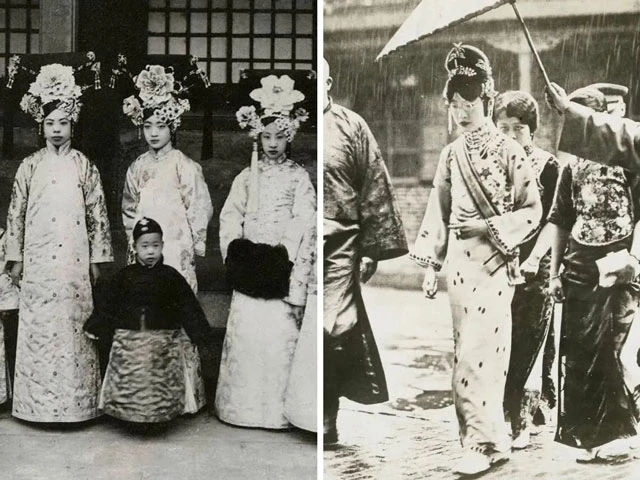
Left: Qing Dynasty aristocrats in Qi style dress; Right: Wanrong, the last empress of the Qing Dynasty, wearing glasses and cheongsam
Some scholars also point out that the origin of cheongsam should be older than the Zhou, Qin, and Han dynasties, and that it was not only the women of the Qing dynasty who wore this kind of robe, so they advocate to change the Qi Pao (旗袍) to "Qi Pao (祺袍)" to avoid objections.
In modern times, the line between "traditional cheongsam" and "modified cheongsam" has become blurred. Therefore, we will sort out the history of cheongsam through historical nodes for you.
1910s
In 1911, the Xinhai Revolution overthrew the traditional monarchy in China, and the dress code began to develop in the direction of democracy and republicanism.
At that time, society was pushing for a slim figure, so showing thinness was also the top consideration in clothing design, and the Yuan Bao collar was one of the most popular styles at that time; as well as the wrist exposed when the sleeves were tightened, was also a bold breakthrough at that time.
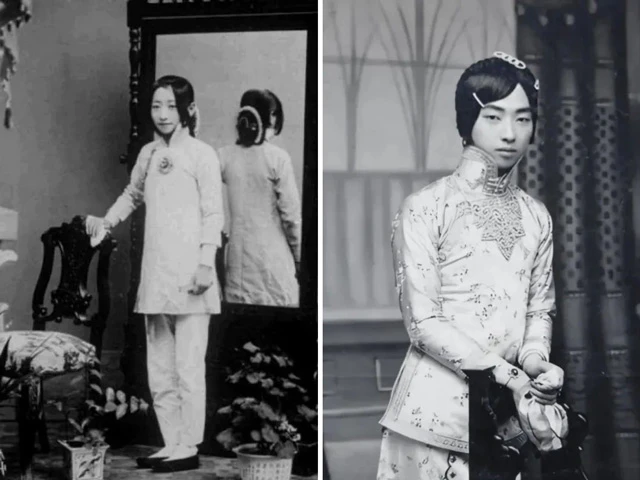
Left: Han Chinese girl in the late Qing Dynasty; Right: Yuan Bao collar look in Mei Lanfang's new opera.
1920s
With the May Fourth Movement and the New Culture Movement, clothing was also influenced by Western design elements such as square collars, round collars, and heart-shaped collars, etc., which were widely used in the early 1920s.
The shape of shirts and jackets was no longer just about the slim effect, like the two photos below, which can be considered the predecessor of the cheongsam that had not fully evolved. With this one-piece cut and loose fit, the requirements for the body are not high, so cheongsam in that time also became more and more popular.
1930s
In the 1930s, the sleeves of the traditional cheongsam became completely short, and it became common for the arms to be exposed, but the neckline instead became tight and high, decorated with delicate Pankou buttons.
At the same time, the hemline of the cheongsam became longer and the slit was mostly below the knee, so that the legs would not be exposed when walking.
1940s
By the 1940s, the shape of the cheongsam gradually became simpler, with the elaborate Pankou fastening replaced by side zippers and the length of the sleeves getting shorter.
Slanted shoulders had always been the standard for evaluating beauty in classical Chinese aesthetics, but in the 1940s, Western-style shoulder pads were added to the cheongsam design for the first time, and traditional aesthetic concepts were adapted. With the addition of tulle and other design elements, the design of the cheongsam at this time and modern cheongsam is already very similar to it.
1950s
In the 1950s, cheongsam in Hong Kong and Taiwan became more westernized, with a corset-like cut that made it easy to create an hourglass figure. At that time, the Chinese and Western cultures were at the stage of mutual exchange and integration, and the cheongsam was not simply westernized, but also became the new favorite of the Western fashion world.
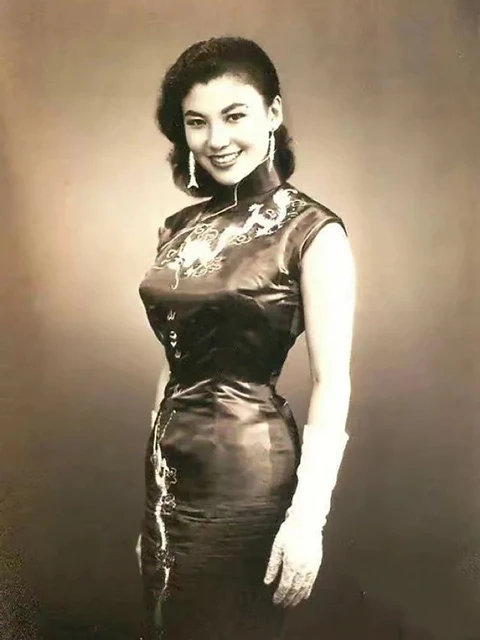
Diana Chang
In 1956, Oscar-winning actress and Princess of Monaco Grace Kelly wore a cheongsam to the Golden Globe Awards in the United States.
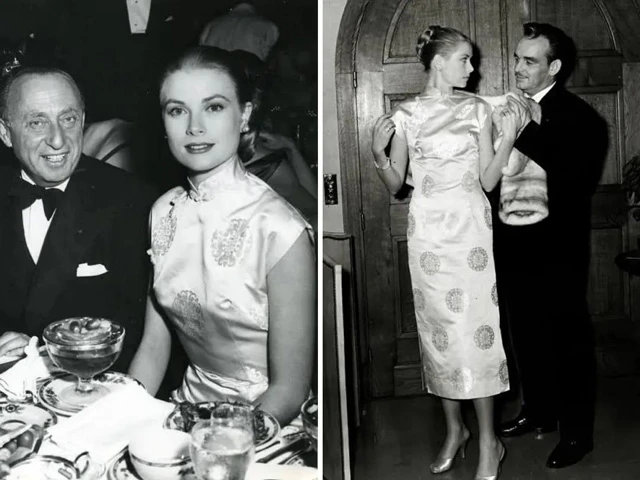
Grace Kelly
1960s
In the 1960s, cheongsam in Hong Kong became more flattering, a continuation of the 1950s style. Just like Su Li Zhen in the movie "In the Mood for Love", the tight-fitting cheongsam was one of the must-have outfits for girls in Hong Kong at that time.
1970s-2000s
With more and more choices of clothes, cheongsam is no longer an everyday attire for women, but more towards dresses and performance clothes. Many celebrities were big fans of cheongsam, such as Teresa Teng and Anita Mui.
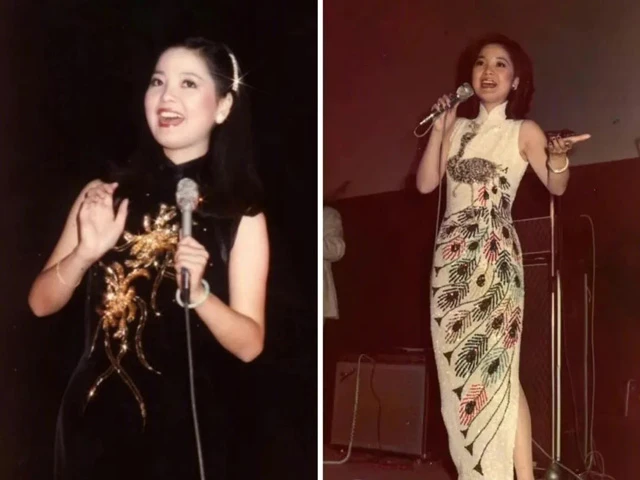
Teresa Teng
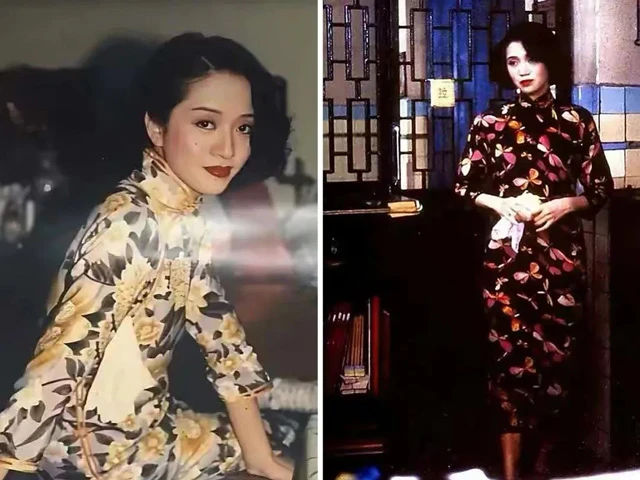
Anita Mui
In modern times, the concept of improved cheongsam has gradually emerged, and with modern aesthetics and lifestyle habits, cheongsam has been improved to gain a larger audience level.
Features of modified cheongsam
The change of Pan Kou
In order to put on and take off easily, most of the modified cheongsam has changed the hand-made button into a zipper style, and the Pan Kou is only as a decorative embellishment.
Tight cut
Now many improved cheongsams tends to slim the design, the original elegant and sexy cheongsam made a new interpretation.
The improvement of material
Modified cheongsam requires less material and has more diverse patterns, which makes it more suitable for everyday wear.
But whether it is "traditional style" or "modified style", there is always a cheongsam style that suits you.
How to pick the right cheongsam for you?
In fact, the selection of cheongsam is the same as our daily purchase of clothes, first determine the style you want, and then choose the style details. But according to the different body types, you can target the selection of different styles of cheongsam.
Pear shaped body
The pear-shaped body is perhaps the most suitable body type for wearing the cheongsam, relatively slim upper body, with a full hip circumference, the most can wear the "classic cheongsam beauty" rich charm.
Priority consideration is the waistline contraction and straight hemline models, which reflect the advantages of the body, as well as the style with a clear shoulder line on the upper body, following the principle of tightening the top and loosening the bottom to show the advantages of the body.
H shaped body
The H shaped figure with straight lines can consider cheongsam with waistline contraction and high slit design.
Apple shaped body
Apple shaped body recommended ruffle sleeves and large-sleeved cheongsam, or with a higher slit, to highlight the relatively slim leg line.
Hourglass shaped body
The waist contraction and sheath models are very suitable for hourglass figure, smooth and beautiful body curves can be easily shown out.
In addition to choosing a cheongsam according to body shape, you can also specify the details of the cheongsam according to other features, such as face shape, usual dressing style and so on.
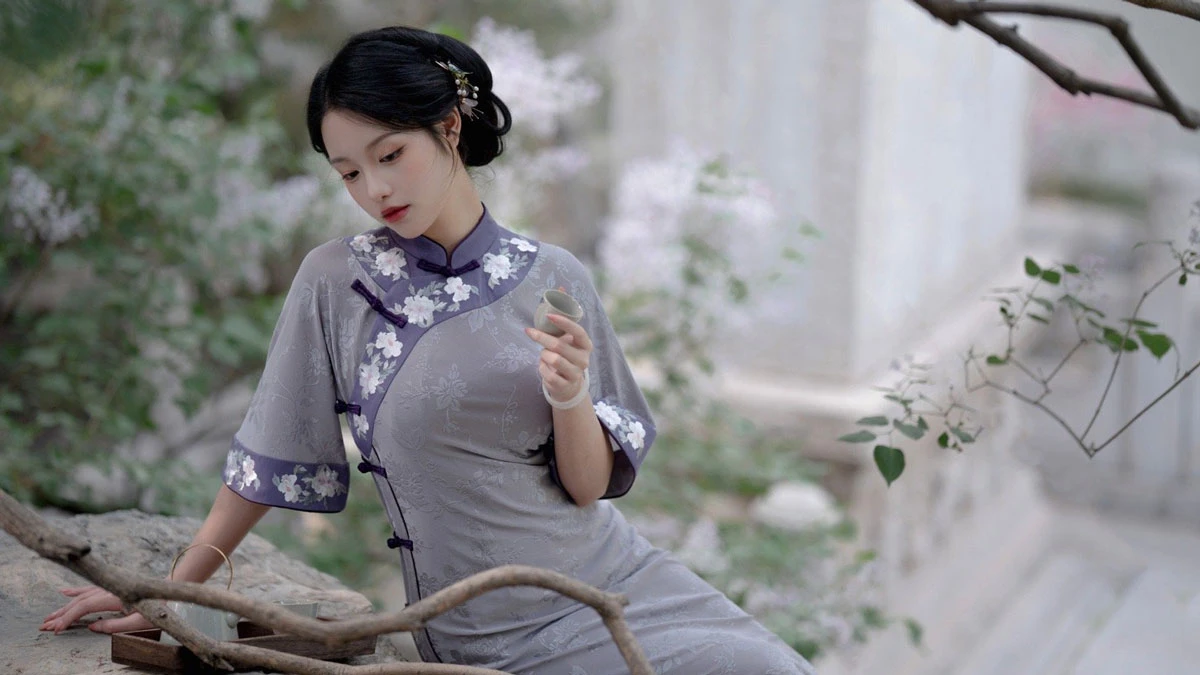
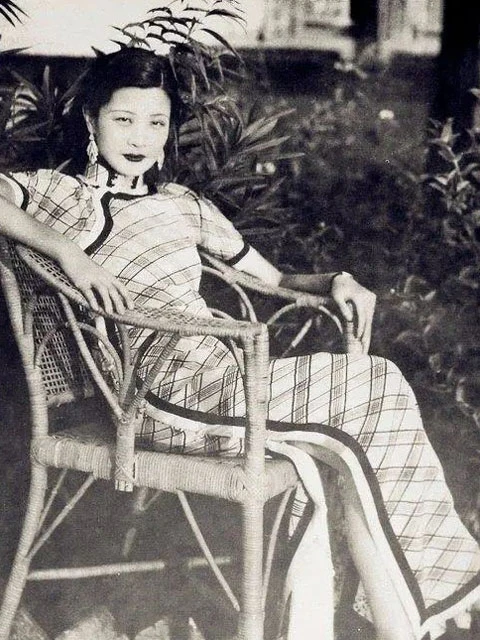

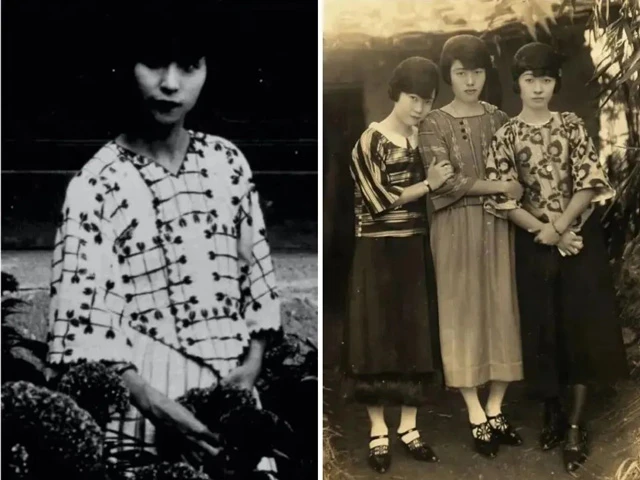

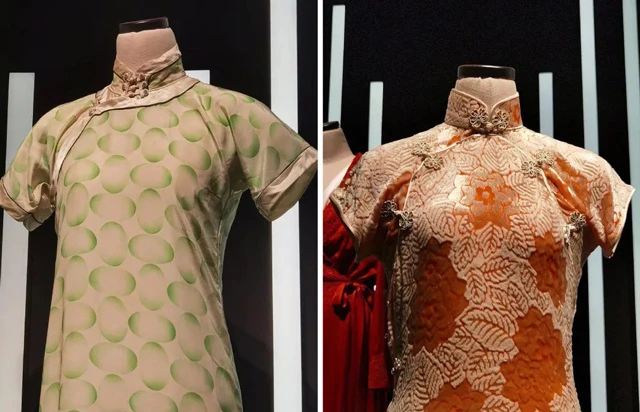
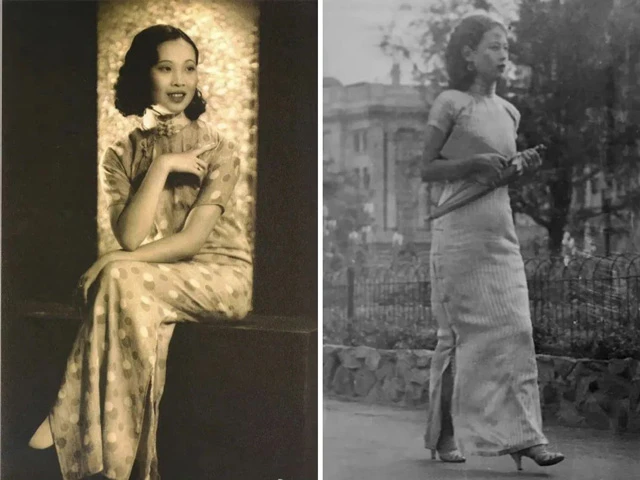

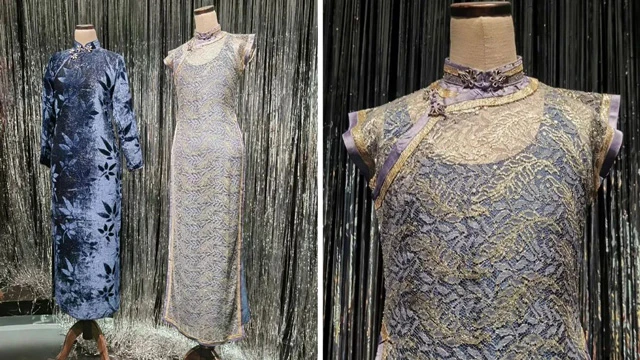
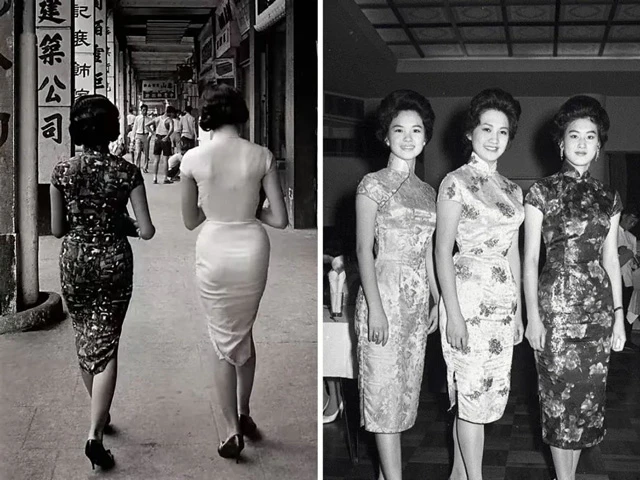


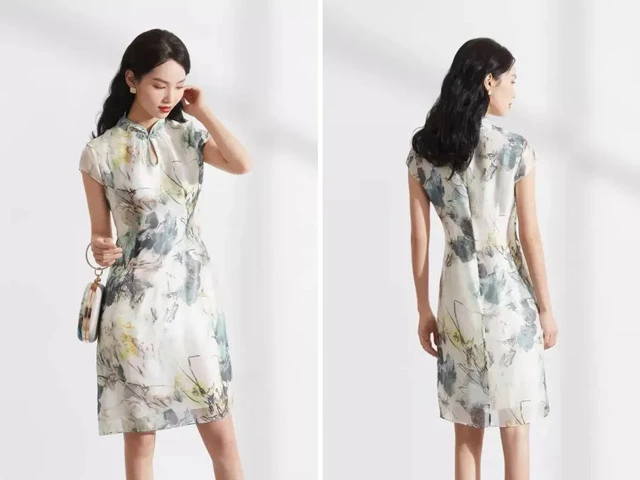
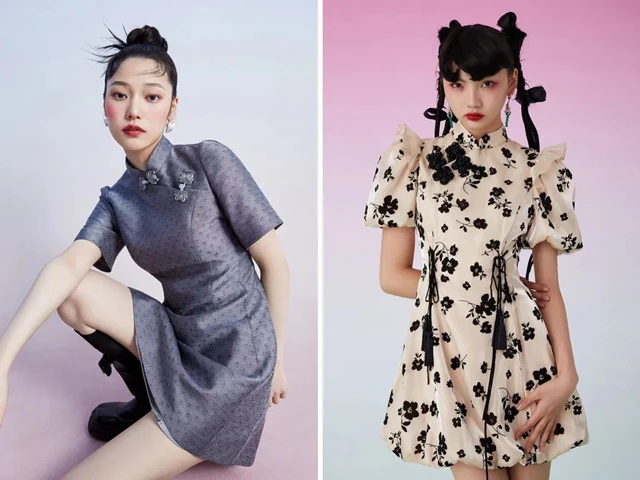
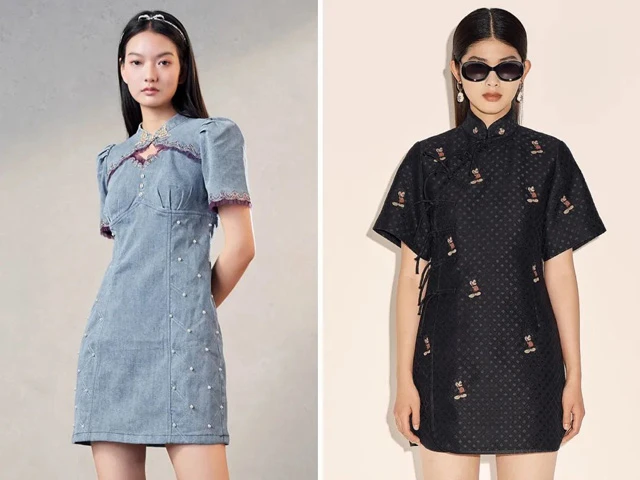


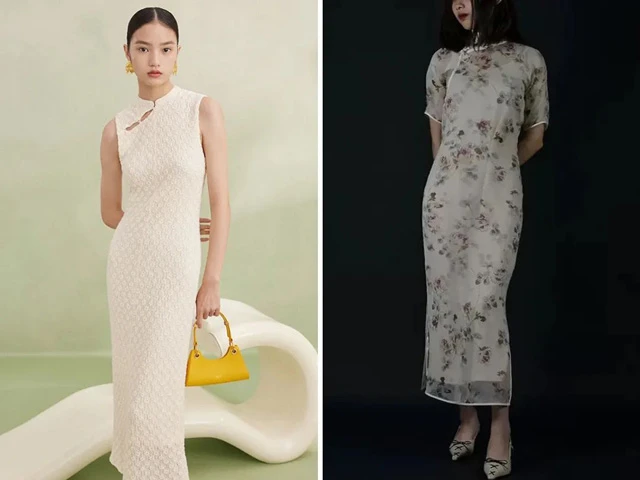
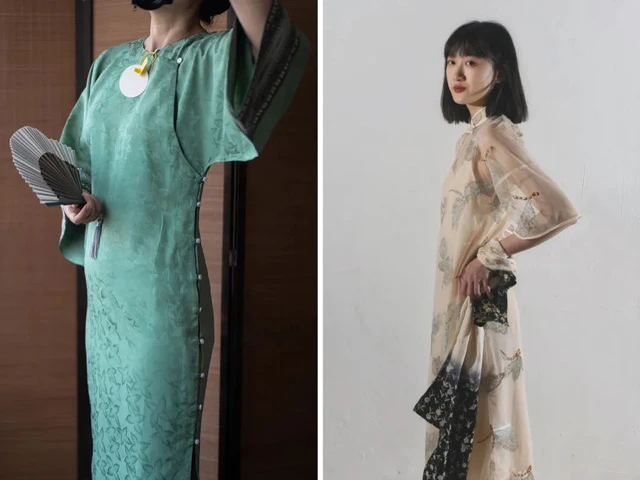
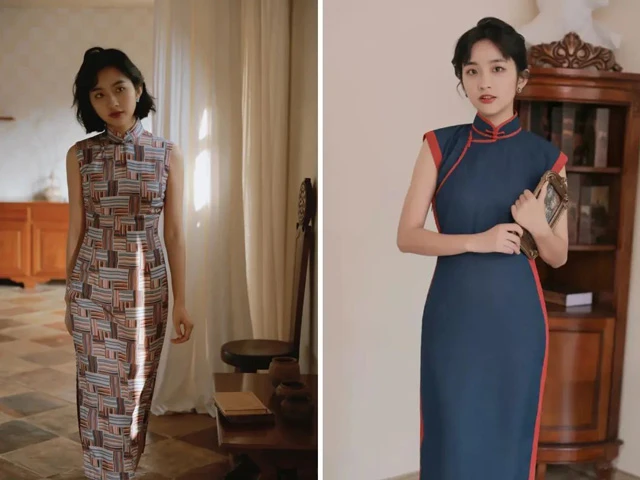
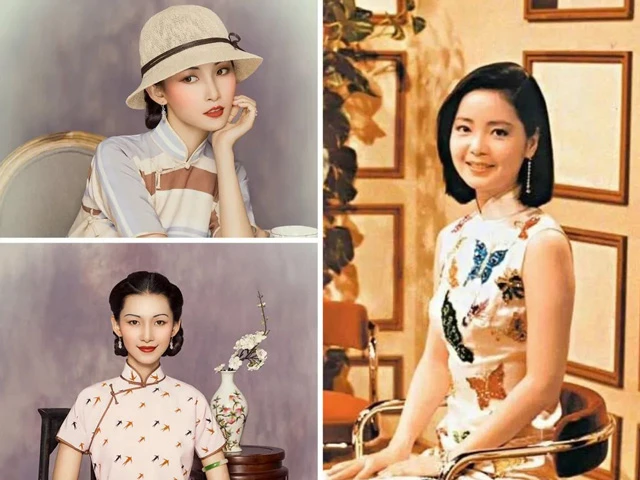

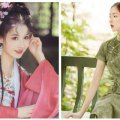
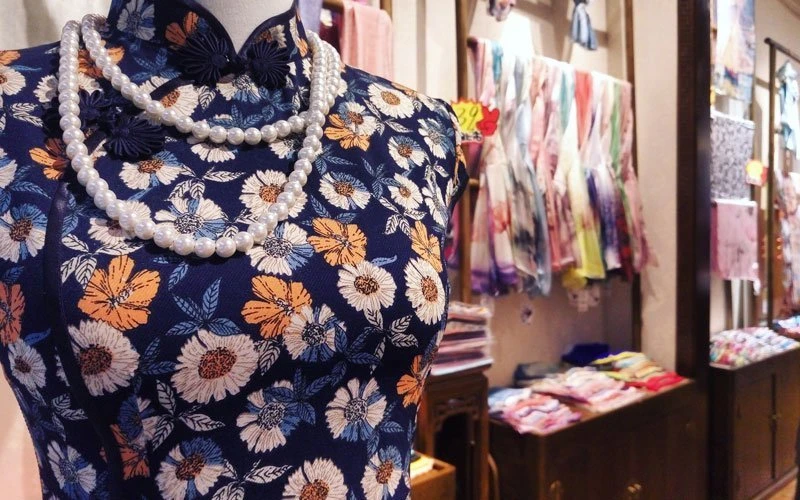

I love how we can see the evolution throughout the years. And great tips for different body shapes. 🙂
Ya semua negara mengikuti perkembangan gaya baju, kebarat baratan Tapi yang klasik tetap unik
Although, I am saving the pictures of the dresses from the 1920s....
The fact that there is no qipao style recommended for the barrel shaped body is why hanfu give me hope! 8`( 😎